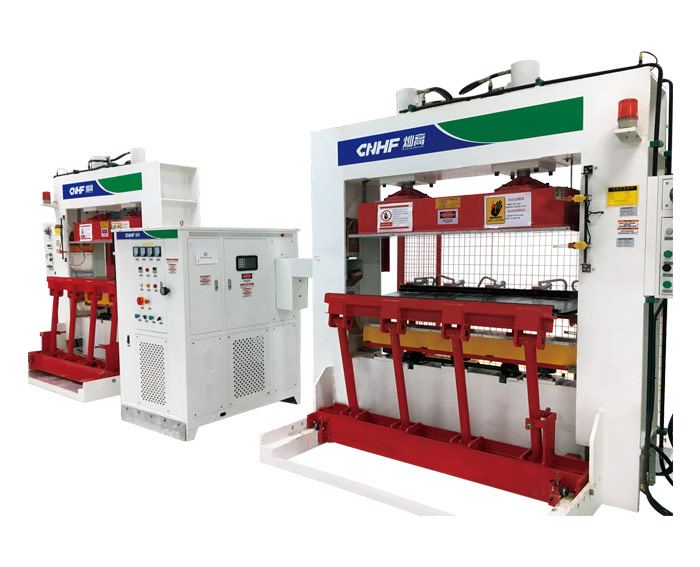

E-mail:
trade@cangao.cn
+86 311 8225 1293
1. Single board production
The thickness of the veneer should be even and smooth, and the wood can be softened before rotating cutting. The thickness of the veneer shall be determined according to the shape, size, bending radius and bending direction of the part. Generally speaking, the thickness specification is 0.5mm≤3.0mm, and the thickness error is less than ± 0.05mm. Our company sells solid wood bending machine.
2. Glue
Veneer coating is generally carried out by mechanical roller coating, and the coating amount depends on the type of glue, tree species, veneer thickness, etc., and is generally 150 to 220 g / (single side).
3. Billet
The number and direction of the veneer layers should be reasonably arranged, and the vertical layering stacking is generally between multiple veneers. For curved wood pieces with simple shapes and wide shapes, multi-layer veneers can also be stacked vertically and horizontally, generally 5≤30 layers.

4. Aging
The purpose of aging is to make the moisture in the slab uniform and prevent the surface layer from permeating. There are two aging methods: opening and closing. Generally, the group billet is closed and aging, the aging time is about 5 × 15 minutes.
5. Compression molding of bending glue
Bending adhesive molding is a key process for manufacturing curved adhesive parts. With the development of adhesives and heating methods, this technology is also constantly improving. Proper selection of heating methods can not only improve productivity, but also ensure bonding quality.
In the past, the thermocompression bonding of wood-based panels mainly used contact thermocompression, and the heat transfer on the surface of the panel increased the temperature. For thin plates, the heat transfer path is short and the effect is good, but for thick plates, the quality and efficiency of the surface adhesive are affected due to the long heat transfer path, the slow curing of the core glue, and the surface adhesive curing too fast. On this basis, the use of high-frequency heating and hot pressing is an important technological innovation.
In short, high-frequency heating is to make the molecules move rapidly under the action of high-frequency alternating electric field and friction to generate heat. The heating speed is fast, the production cycle is short, the heating is uniform, the heating effect is good, the product quality is good, and the mold manufacturing is simple and the cost is low. Easy to meet the requirements of various curved shapes.
6. Cool the monitor
After the bonding of the curved adhesive parts is formed, various internal stresses are generated. The curved adhesive parts removed from the mould must be placed for 4 to 6 days and nights so that their shape can be completely stabilized before entering the next process.
7. Post-processing
Post-processing includes sawing, cutting, trimming, chamfering, milling, drilling, grinding, finishing, etc., processed into curved wood products with size, precision and rough surface, and the decorative effect meets the requirements.
Shijiazhuang Cangao High Frequency Machinery Co., Ltd. is a professional manufacturer that develops and manufactures complete sets of high-frequency machinery. Products are used in many industries and fields such as furniture, wood-based panels, flooring, packaging, musical instruments, handicrafts, bamboo processing, plastics, textiles, metalworking, food, pharmaceuticals, chemicals, etc.
The above is provided by the wood compressor manufacturer.
Copyright © Shijiazhuang Cangao High Frequency Machinery Co., Ltd. All Rights Reserved | Sitemap |
